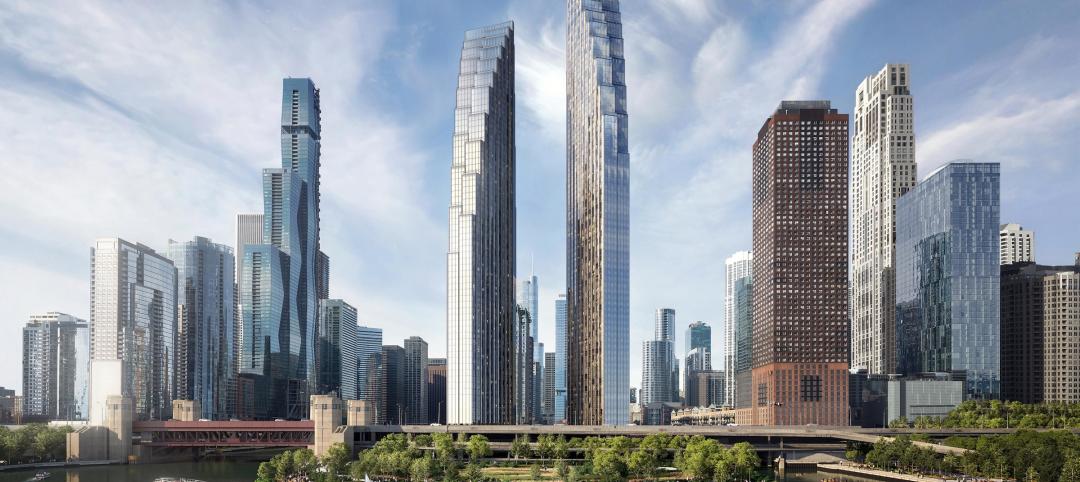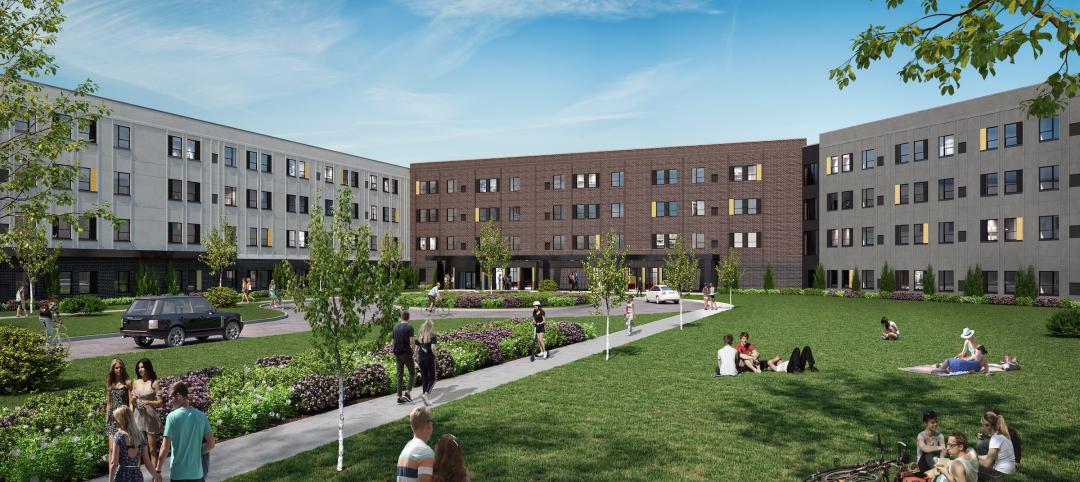Imagine you’re a visionary city leader eager to deliver the new fire station your community needs. In 2024, you secure approval for a $20 million project, aiming to break ground by 2029. But have you considered everything? Rising costs, shifting priorities, and evolving fire station trends can reshape your plans in just a few years. By the time construction begins, your $20 million budget could quickly swell to over $35 million. Without expert guidance and proactive planning, you risk ballooning costs, extended delays, and a fire station that falls short of your community’s needs. Are you ready to act before it’s too late?
Capital Improvement Plans (CIPs) typically span three to five years and outline future city projects and their costs. While they set the stage, the design and construction of these projects often extend beyond the CIP window, leading to a disconnect between the initial budget and evolving project scope. This can result in financial shortfalls, forcing cities to cut back on critical project features.
Even though city staff know their community well, they may need more experience in planning and budgeting for large-scale projects. It’s not uncommon for someone with 20 years of service to have never overseen a complete CIP. Staff might also be unaware of the latest trends and best practices in their project’s field.
Without this specialized expertise, cities risk creating space plans or programs that don’t align with budgets, modern construction practices, or emerging trends. This misalignment can jeopardize the long-term success of a CIP, leading to budget constraints and a project that falls short of expectations. A strategic, forward-thinking approach to early project planning is essential to avoid this.
Understanding how to prevent these challenges begins with examining how CIPs are traditionally handled and identifying gaps in the early planning stages.
Traditional Planning Misalignments
- Overlooked Soft Costs: Soft costs like architects’ fees, testing, or inspections are often overlooked, leading to a misaligned budget.
- Cost Escalations: Material and labor prices rise over time. Ignoring cost escalation leads to inaccurate budgets.
- Space Misestimates: Misjudging the space needed for a project impacts downstream costs.
- Lack of Contingency: A ten percent contingency fund for unexpected issues can prevent budget overruns.
These pitfalls highlight the need for a more informed process. Early architect involvement ensures accurate cost estimates, planning, and programming. Architects are adept at managing escalation, adjusting square footage, and securing grants, all of which help align scope, schedule, and budget.
To address these common pitfalls, architects’ early involvement can be the key to aligning project expectations with practical realities and setting your CIP on a solid foundation.
Early Architect Involvement
Engaging architects early in the process ensures a smoother project and better outcomes for municipalities. Architects bring expertise in cost management, phased implementation, and securing funding. By leveraging preliminary designs, architects can help obtain grants, ensuring the project stays within budget while balancing scope and schedule.
Political Alignment: CIP projects span years, often across multiple election cycles, making political alignment crucial. Architects are skilled at presenting complex projects to city leaders with clear diagrams and language that garner early support. This avoids delays and conflicts and keeps projects on track as political leadership evolves.
Holistic Approach: Architects take a big-picture view, helping clients minimize scope creep and prioritize phases for long-term success. Planning critical design elements early ensures projects are budgeted correctly and aligned with evolving priorities, leading to more efficient and strategic project execution.
Even with political support and a big-picture approach, obstacles to early architect involvement still need to be addressed. However, smart strategies can overcome these.
Overcoming Obstacles to Architect Involvement
Concerns about the time and cost of hiring architects for CIP development can be effectively addressed with thoughtful planning:
- Time-Related Challenges: Utilize the city’s On-Call Architecture roster to expedite selection, minimizing delays.
- Initial Costs vs. Long-Term Savings: Although hiring an architect may seem costly upfront, the long-term savings through reduced delays, fewer revisions, and smoother implementation far outweigh the initial expenses.
Architect involvement complements traditional in-house CIP methods, resulting in more efficient processes and better project outcomes. Now that we’ve discussed navigating these challenges let’s explore the tangible benefits that early architect involvement can bring to your city’s CIP projects.
Benefits of Early Architect Involvement
To fully realize the value architects bring, municipalities should take the following steps:
1. Review Upcoming Projects: Assess the projects in your CIP pipeline that could benefit from architectural insight.
2. Engage an Architect Early: Connect with an architect early in the CIP development phase to receive critical feedback.
Early involvement of architects provides insights into programming, accurate project costs, design, construction schedules, and cost escalation management. However, gaining political support is also essential to ensuring the long-term success of these projects, and architects play a crucial role in this aspect.
Gaining Political Support
Presenting clear, visually compelling diagrams alongside persuasive narratives is critical to securing political backing. Politicians must see how the project’s scope aligns with budget constraints while delivering tangible value to the community. Political support, along with funding, is crucial to the success of any project. Leveraging grant opportunities and incorporating early design studies can significantly enhance the project’s appeal and feasibility.
Leveraging Grant Opportunities
- Preliminary studies developed through CIP programs can be instrumental when applying for grants.
- This helps secure vital state and federal funds early in the process.
- Building political capital from the start by demonstrating fiscal responsibility and project viability is critical for success.
To make this integration seamless, municipalities can streamline architect involvement through practical steps that simplify the process.
Streamlining Architect Integration in Municipal Processes
Municipalities looking to optimize their planning and development by incorporating architects should follow these steps:
1. Establish an On-Call Roster: If your city doesn’t already have one, create a roster of qualified architects to ensure rapid access to expertise.
2. Issue a Public RFP: Launch a Request for Proposals (RFP) that prioritizes experience in master planning and programming. Carefully evaluate submissions to identify firms that align with the city’s long-term goals.
3. Set Clear Deliverables: Define timelines and deliverables within the architect’s scope of services to ensure accountability.
Many cities now use on-call or as-needed architecture rosters to address time constraints. Alternatively, consider a mini-RFP specifically for capital improvement planning services. Ultimately, these steps minimize delays and ensure cities get the best value for their investment, setting the stage for long-term success.
Minimizing Delays and Maximizing Value
Engaging architects early in the process helps avoid delays and minimizes the need for excessive value engineering, which can disrupt project timelines. This upfront investment in early collaboration prevents costly setbacks and ensures a smoother project delivery. Building strong partnerships between architects and municipalities reduces delays and lays the groundwork for long-term success in urban planning and development.
Building Long-Term Partnerships
The best architects aim to build lasting partnerships with municipalities. They invest in the city’s success and become trusted collaborators. This approach leads to more thoughtfully planned, efficiently executed projects that benefit elected officials, city staff, and the public.
Involving architects early in planning capital improvement projects is a forward-thinking strategy that ensures alignment between vision, budget, and long-term community goals. By engaging expert insights from the outset, cities can navigate challenges such as cost escalation and shifting priorities while focusing on delivering high-quality, impactful projects. Early architect involvement streamlines the process and helps build enduring partnerships between municipalities and design professionals, creating the foundation for building resilient, forward-thinking communities.
Related Stories
Sustainability | Jul 1, 2024
Amazon, JPMorgan Chase among companies collaborating with ILFI to advance carbon verification
Four companies (Amazon, JPMorgan Chase, JLL, and Prologis) are working with the International Living Future Institute to support development of new versions of Zero Carbon Certification.
K-12 Schools | Jul 1, 2024
New guidelines for securing schools and community spaces released by the Door Security and Safety Foundation
The Door Security and Safety Foundation (DSSF), in collaboration with Door and Hardware Institute (DHI), recently released of “Are Your Door Openings Secure?.” The document provides guidelines to equip school administrators, building management personnel, and community leaders with a clear roadmap to create a secure and safe environment.
University Buildings | Jun 28, 2024
The American University in Cairo launches a 270,000-sf expansion of its campus in New Cairo, Egypt
In New Cairo, Egypt, The American University in Cairo (AUC) has broken ground on a roughly 270,000-sf expansion of its campus. The project encompasses two new buildings intended to enhance the physical campus and support AUC’s mission to provide top-tier education and research.
MFPRO+ New Projects | Jun 27, 2024
Chicago’s long-vacant Spire site will be home to a two-tower residential development
In downtown Chicago, the site of the planned Chicago Spire, at the confluence of Lake Michigan and the Chicago River, has sat vacant since construction ceased in the wake of the Great Recession. In the next few years, the site will be home to a new two-tower residential development, 400 Lake Shore.
Codes and Standards | Jun 27, 2024
Berkeley, Calif., voters will decide whether to tax large buildings with gas hookups
After a court struck down a first-in-the-nation ban on gas hookups in new buildings last year, voters in Berkeley, Calif., will have their say in November on a measure to tax large buildings that use natural gas.
Mass Timber | Jun 26, 2024
Oregon State University builds a first-of-its-kind mass timber research lab
In Corvallis, Oreg., the Jen-Hsun Huang and Lori Mills Huang Collaborative Innovation Complex at Oregon State University aims to achieve a distinction among the world’s experimental research labs: It will be the first all-mass-timber lab meeting rigorous vibration criteria (2000 micro-inches per second, or MIPS).
Sustainability | Jun 26, 2024
5 ways ESG can influence design and create opportunities
Gensler sustainability leaders Stacey Olson, Anthony Brower, and Audrey Handelman share five ways they're rethinking designing for ESG, using a science-based approach that can impact the ESG value chain.
Student Housing | Jun 25, 2024
P3 student housing project with 176 units slated for Purdue University Fort Wayne
A public/private partnership will fund a four-story, 213,000 sf apartment complex on Purdue University Fort Wayne’s (PFW’s) North Campus in Fort Wayne, Indiana. The P3 entity was formed exclusively for this property.
Sustainability | Jun 24, 2024
CBRE to use Climate X platform to help clients calculate climate-related risks
CBRE will use risk analysis platform Climate X to provide climate risk data to commercial renters and property owners. The agreement will help clients calculate climate-related risks and return on investments for retrofits or acquisitions that can boost resiliency.
MFPRO+ News | Jun 24, 2024
‘Yes in God’s Backyard’ movement could create more affordable housing
The so-called “Yes in God’s Backyard” (YIGBY) movement, where houses of worship convert their properties to housing, could help alleviate the serious housing crisis affecting many communities around the country.

















